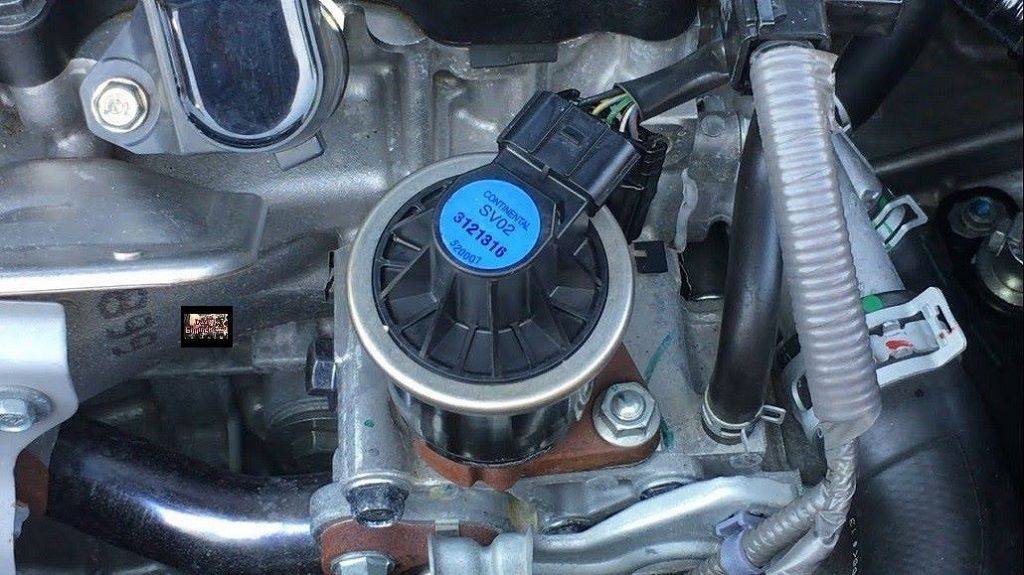
“Choose Your (EGR) Help Topic Below”
- (EGR) Valve: Common Problems And Troubleshooting Procedures
- Exhaust Gas Recirculation: Types, Failure, Cleaning, Replacement
- Exhaust Emission Control: Lowering Harmful Emissions
- Variable Valve Timing (VVT) – Function And Its Advantages
In Summary: (EGR) Valve
An (EGR) valve recirculates a portion of the engine’s exhaust gases back into the intake to reduce peak combustion temperatures. And, in turn lowers the formation of harmful (NOx) emissions. So, by doing this, the (EGR) valve helps to improve fuel efficiency, reduce fuel consumption, and promote healthier engine operation. Also, preventing engine knocking and reducing harmful pollutants.
How It Works
Recirculation Of Exhaust Gas:
The (EGR) valve draws a metered amount of exhaust gas from the exhaust manifold. Then, sends it back to the intake system.
Dilution Of “Air Fuel” Mixture:
The exhaust gas mixes with the incoming “air fuel” mixture. And, that helps the (EGR) system reduce the amount of (O2) in the combustion chamber.
Lowering Combustion Temperature:
With less (O2), the “air fuel” mixture burns slower and at a cooler temperature.
Reduced NOx Emissions:
The lower combustion temperatures significantly reduce the production of (NOx), a major air pollutant.
Benefits:
In addition to reducing (NOx), the system also provides benefits like improved fuel efficiency. So, by reducing pumping losses in the engine and preventing engine knocking, caused by high temperatures.
The (EGR) valve typically opens and recirculates exhaust gases when the engine has reached its normal operating temperature. It remains inactive (closed) during cold starts and when the engine is under high load. Or at high (RPM)s when maximum performance is required.
Thank You!
